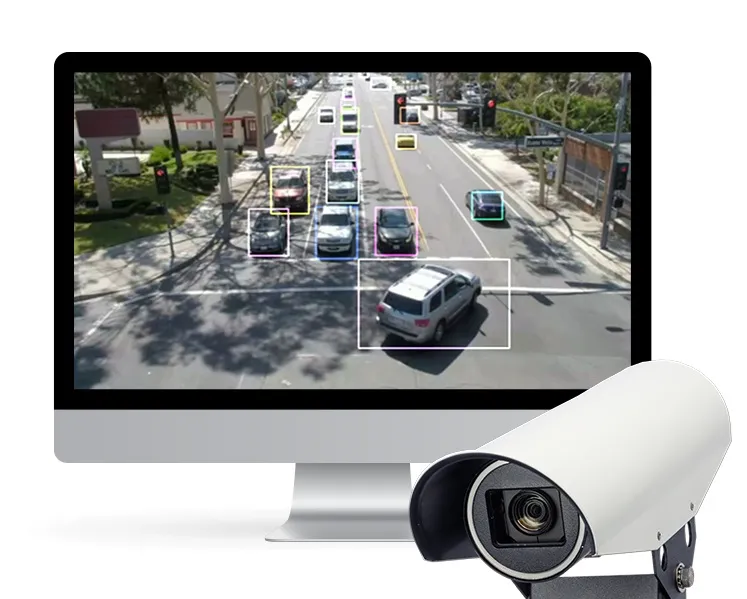Advanced video surveillance solutions manufacturer Siqura, a member of the TKH Group, has announced that its newest cameras will use the Seawolf image sensor from Pixim which, the company says, are renowned for their excellent image control, superior performance in extreme lighting and low-light conditions, and 690 HTVL effective resolution.
February 2, 2012
Read time: 1 min

Advanced video surveillance solutions manufacturer 572 Siqura, a member of the 2075 TKH Group, has announced that its newest cameras will use the Seawolf image sensor from 2076 Pixim which, the company says, are renowned for their excellent image control, superior performance in extreme lighting and low-light conditions, and 690 HTVL effective resolution.
According to Siqura, this development, as well as a range of other advanced features on its BC14 camera makes it ideal for applications using video analytics algorithms, such as Automatic Incident Detection (AID). Moreover, video codecs can take advantage of the Siqura BC14's progressive scan output for smooth motion video without the need for de-interlacing. This camera can be powered from AC or DC. Through an intuitive and straightforward on-screen display interface, which is easy to access remotely via RS-485 or up-the-coax systems, users can optimise the imaging controls or configure features such as privacy masks.
According to Siqura, this development, as well as a range of other advanced features on its BC14 camera makes it ideal for applications using video analytics algorithms, such as Automatic Incident Detection (AID). Moreover, video codecs can take advantage of the Siqura BC14's progressive scan output for smooth motion video without the need for de-interlacing. This camera can be powered from AC or DC. Through an intuitive and straightforward on-screen display interface, which is easy to access remotely via RS-485 or up-the-coax systems, users can optimise the imaging controls or configure features such as privacy masks.









